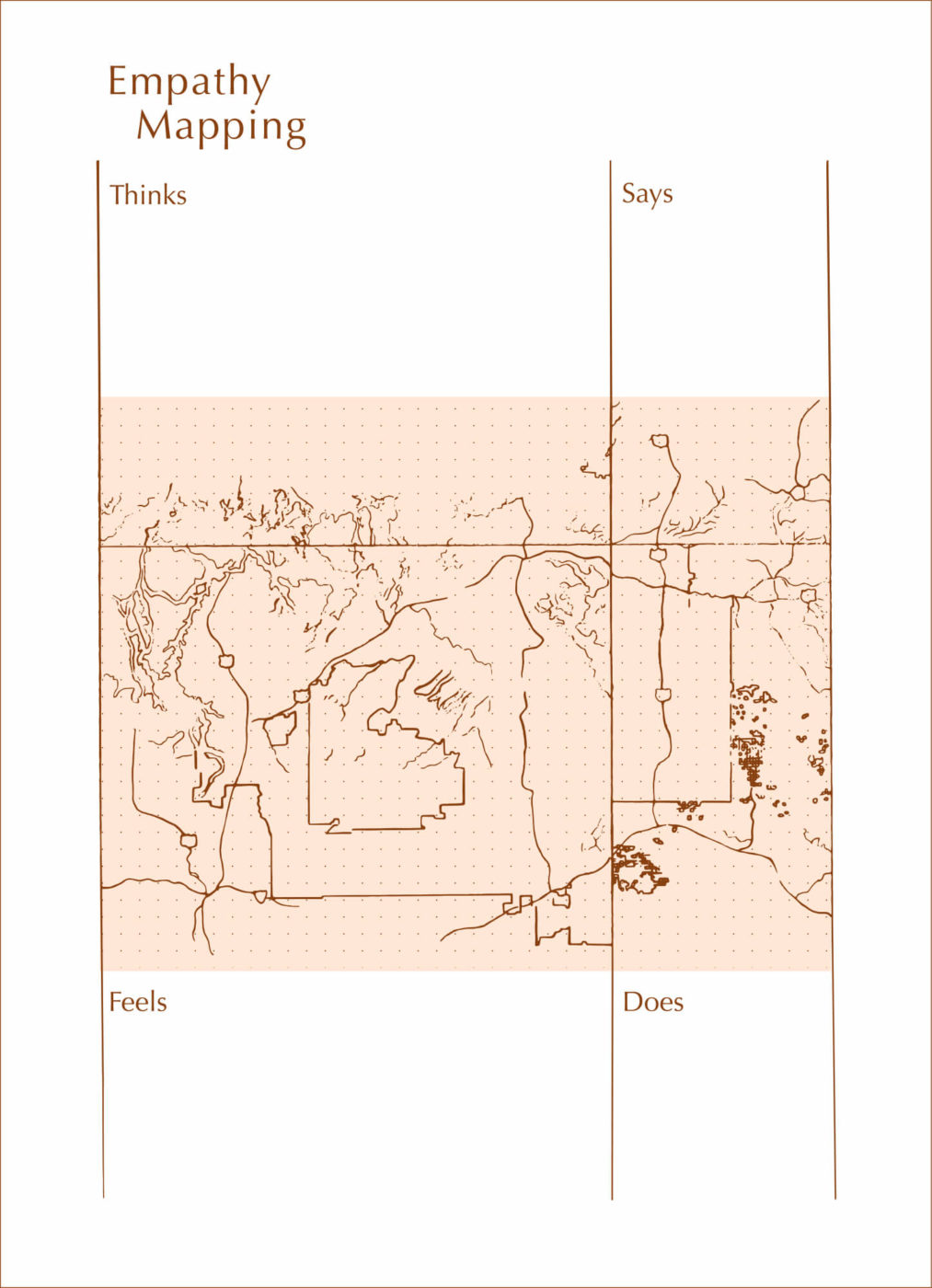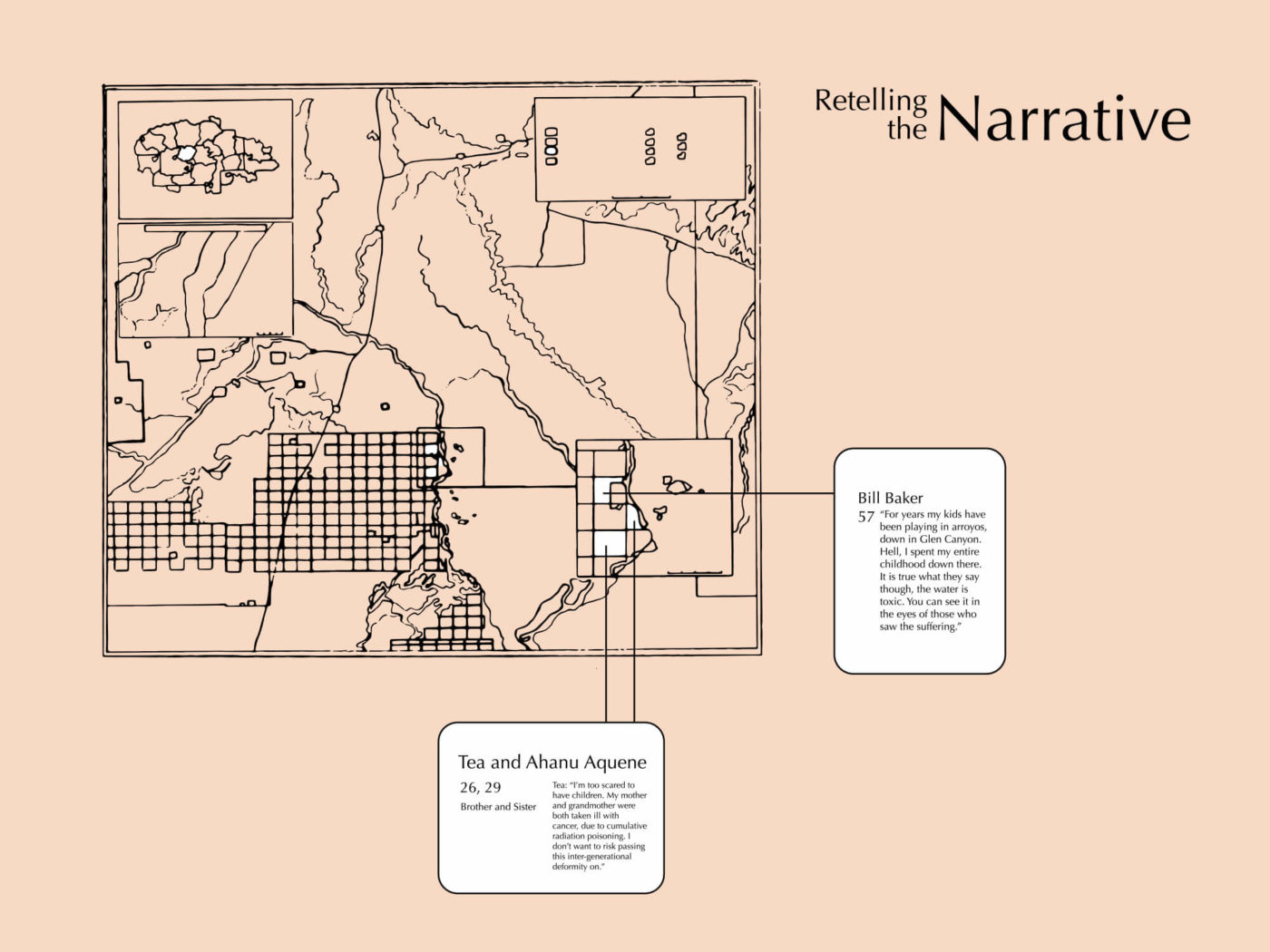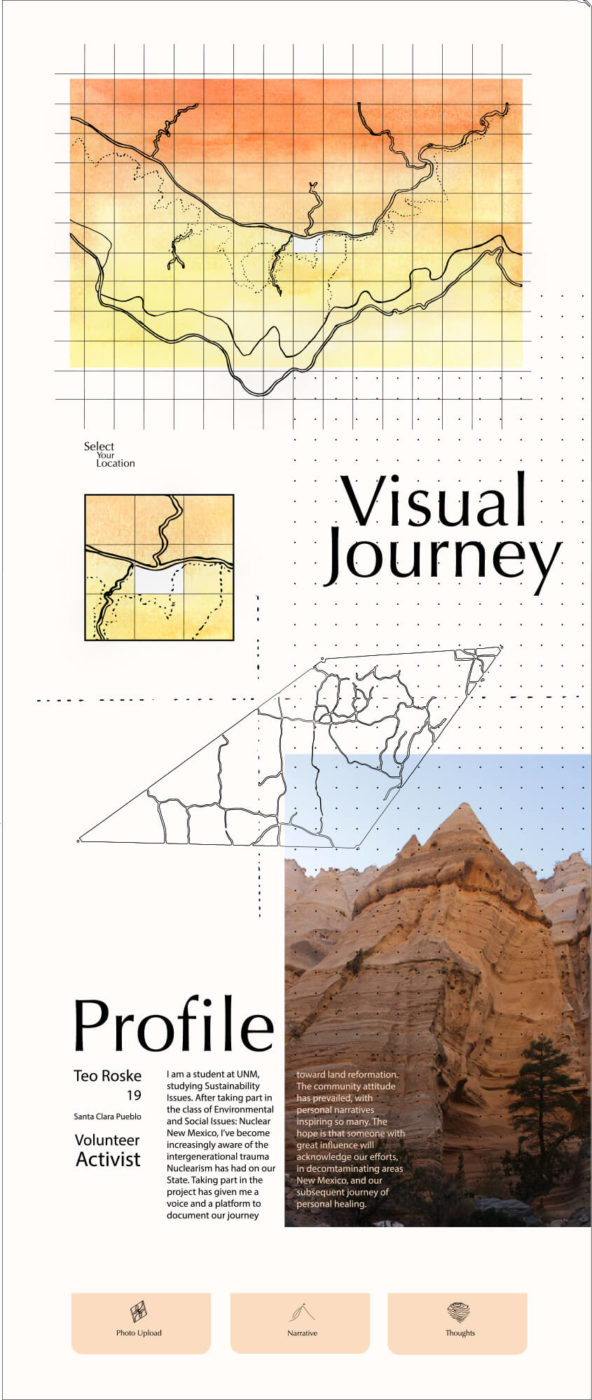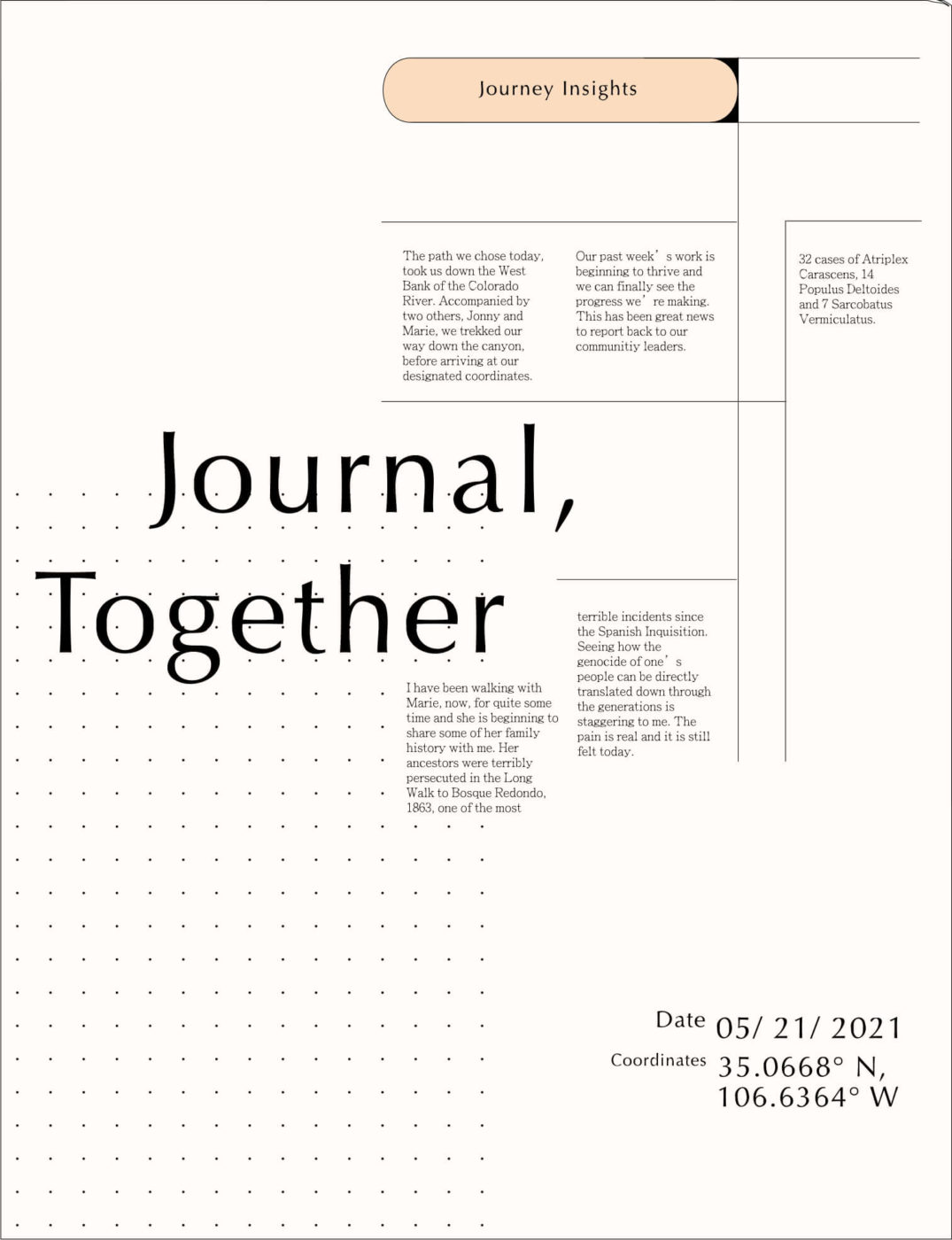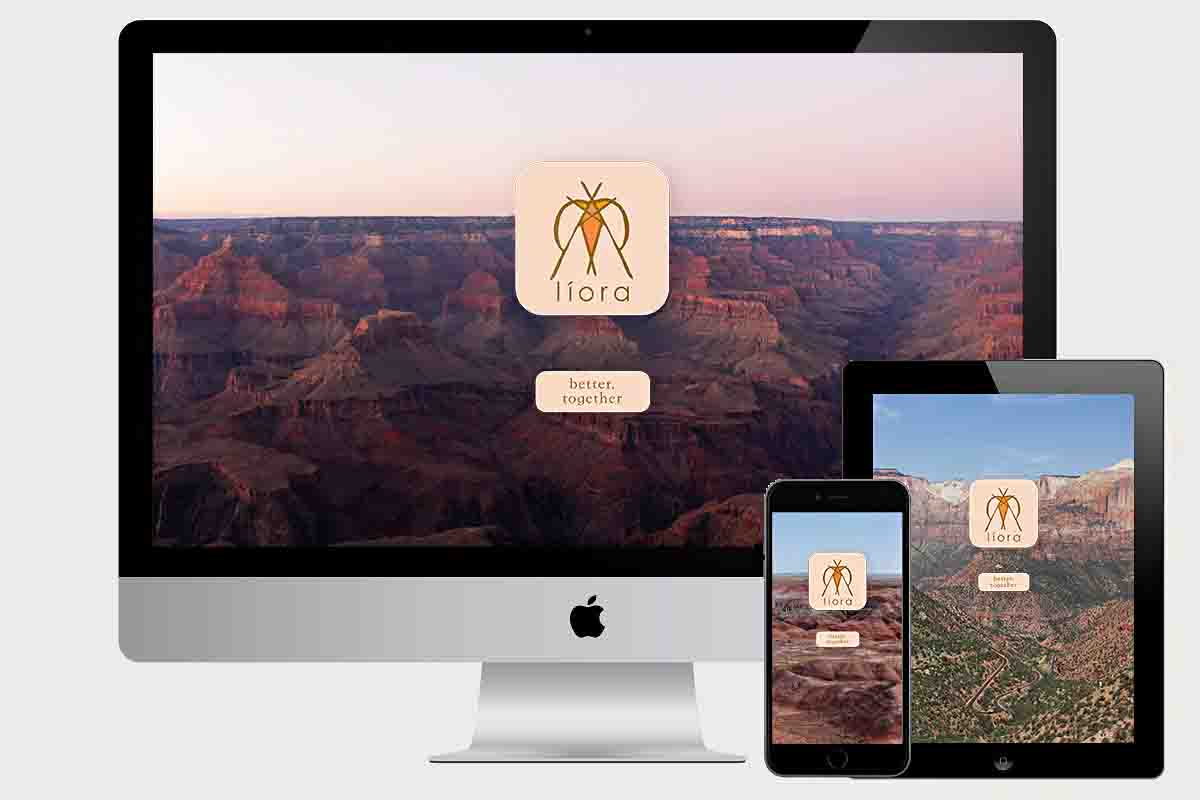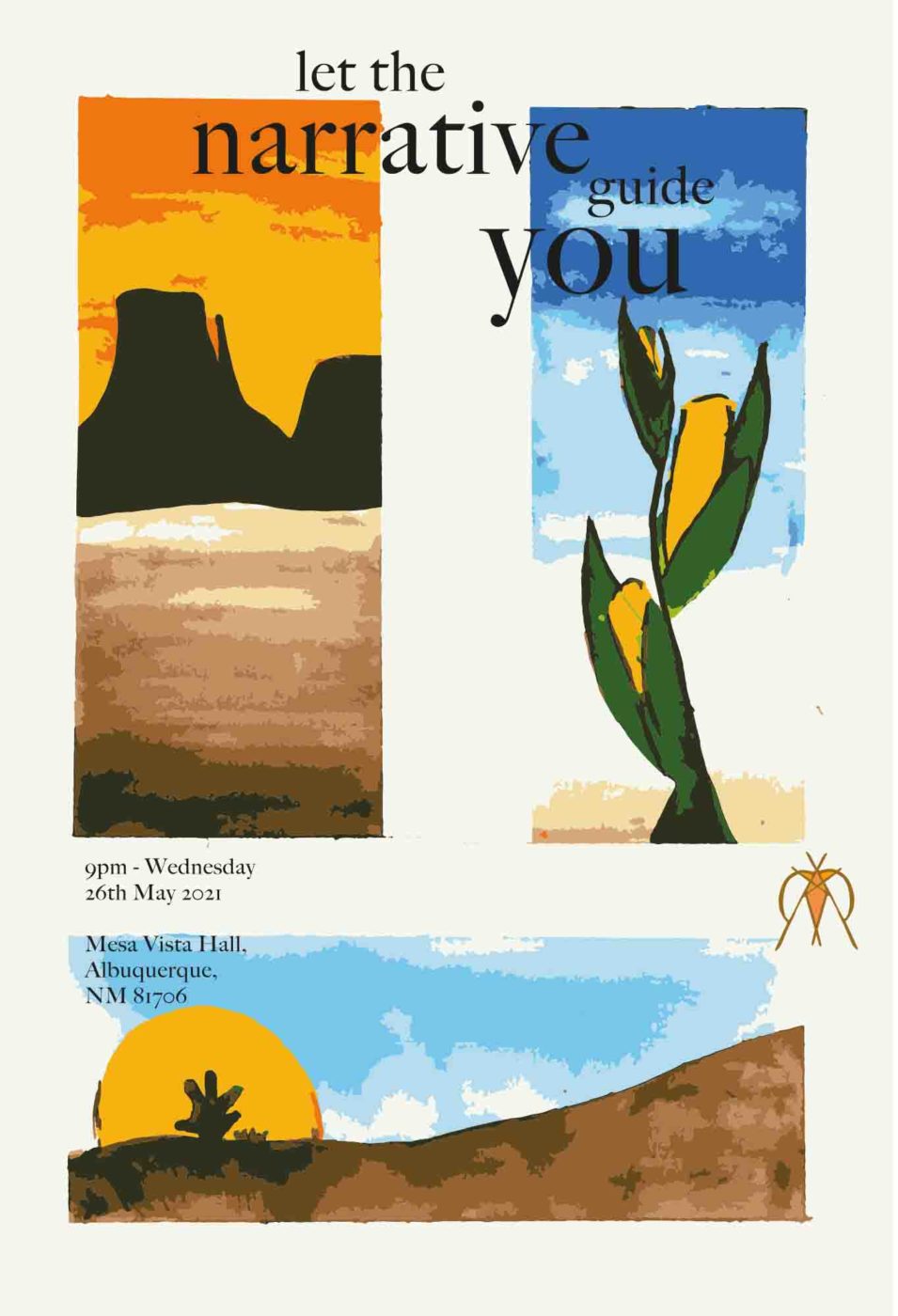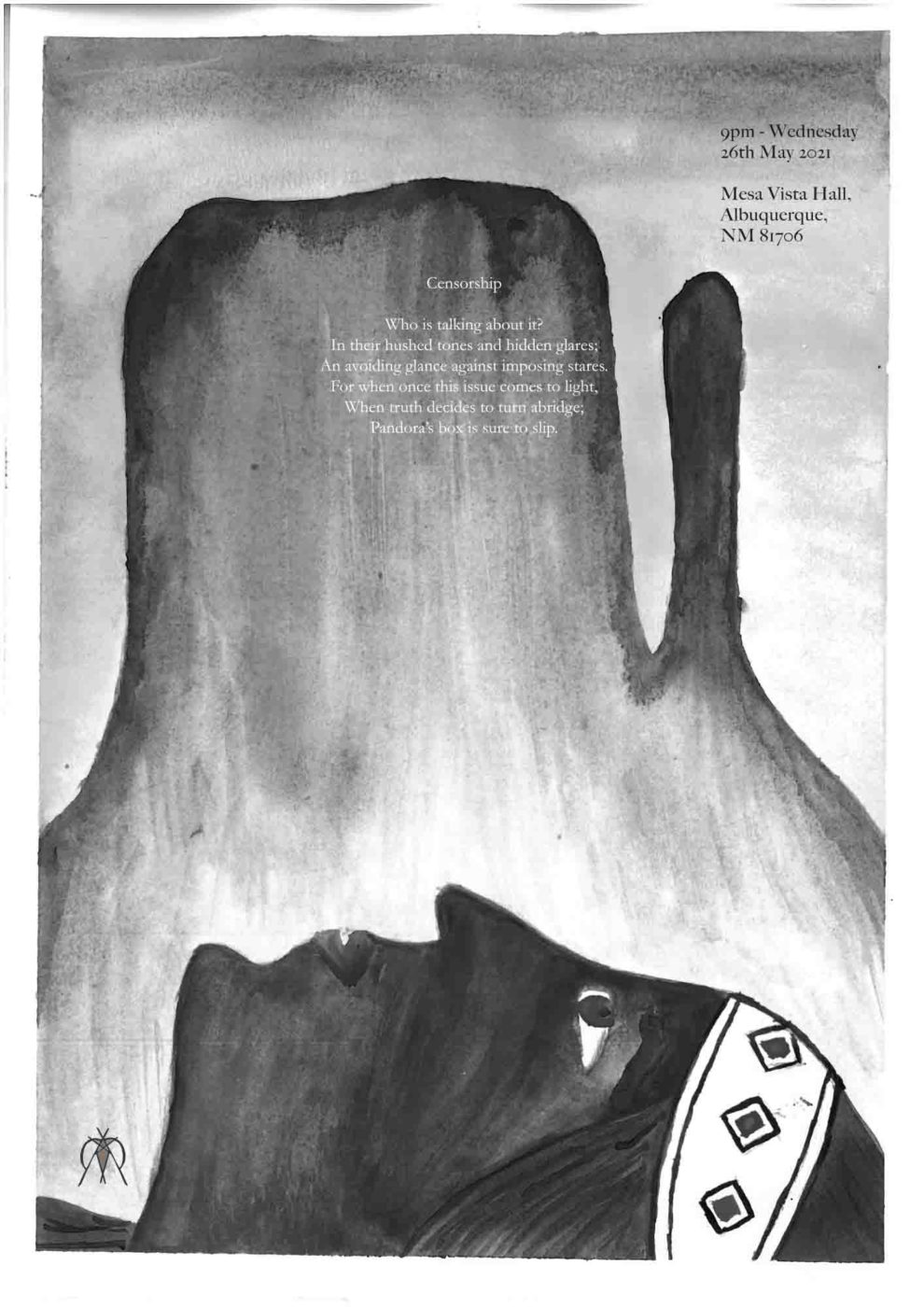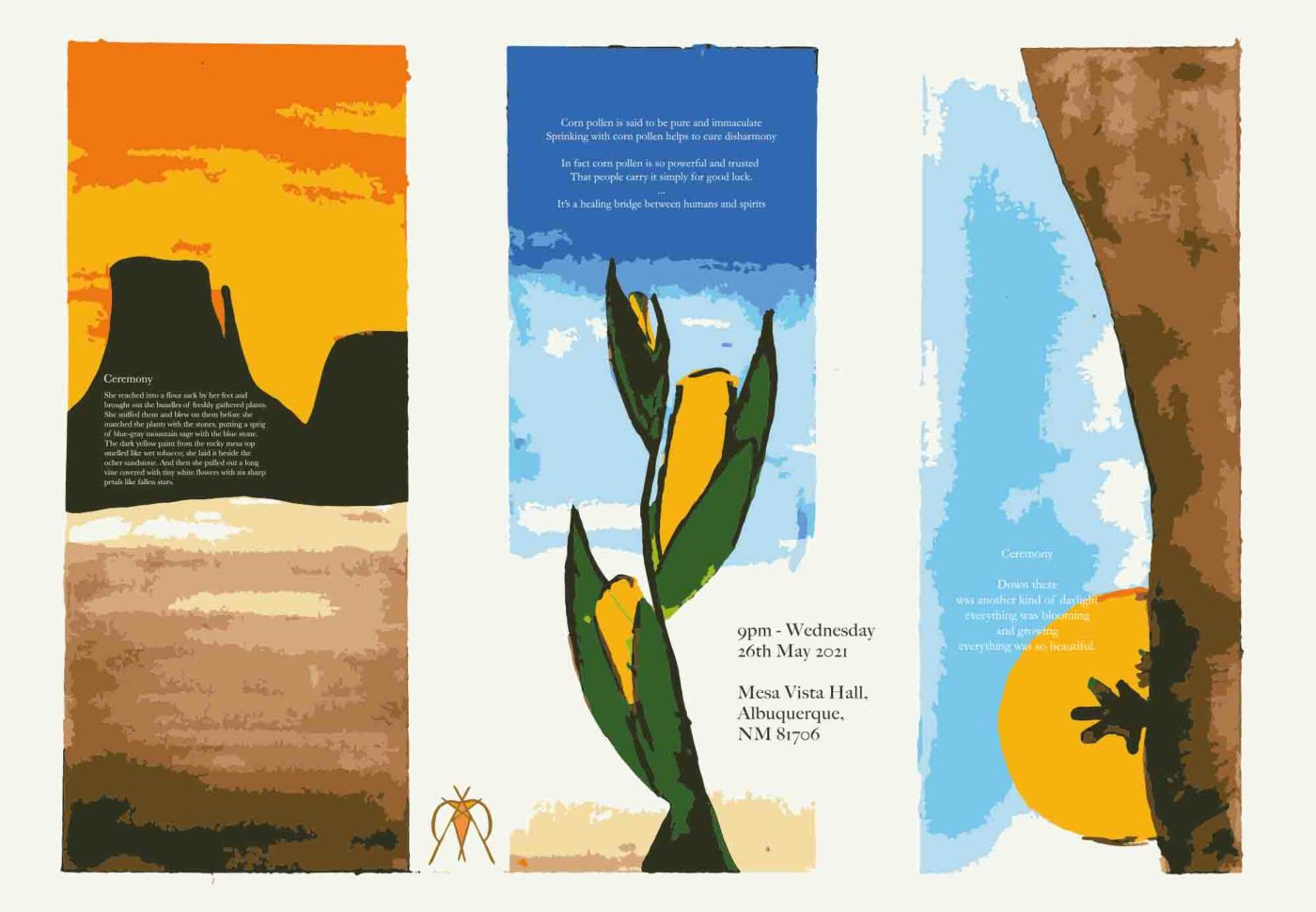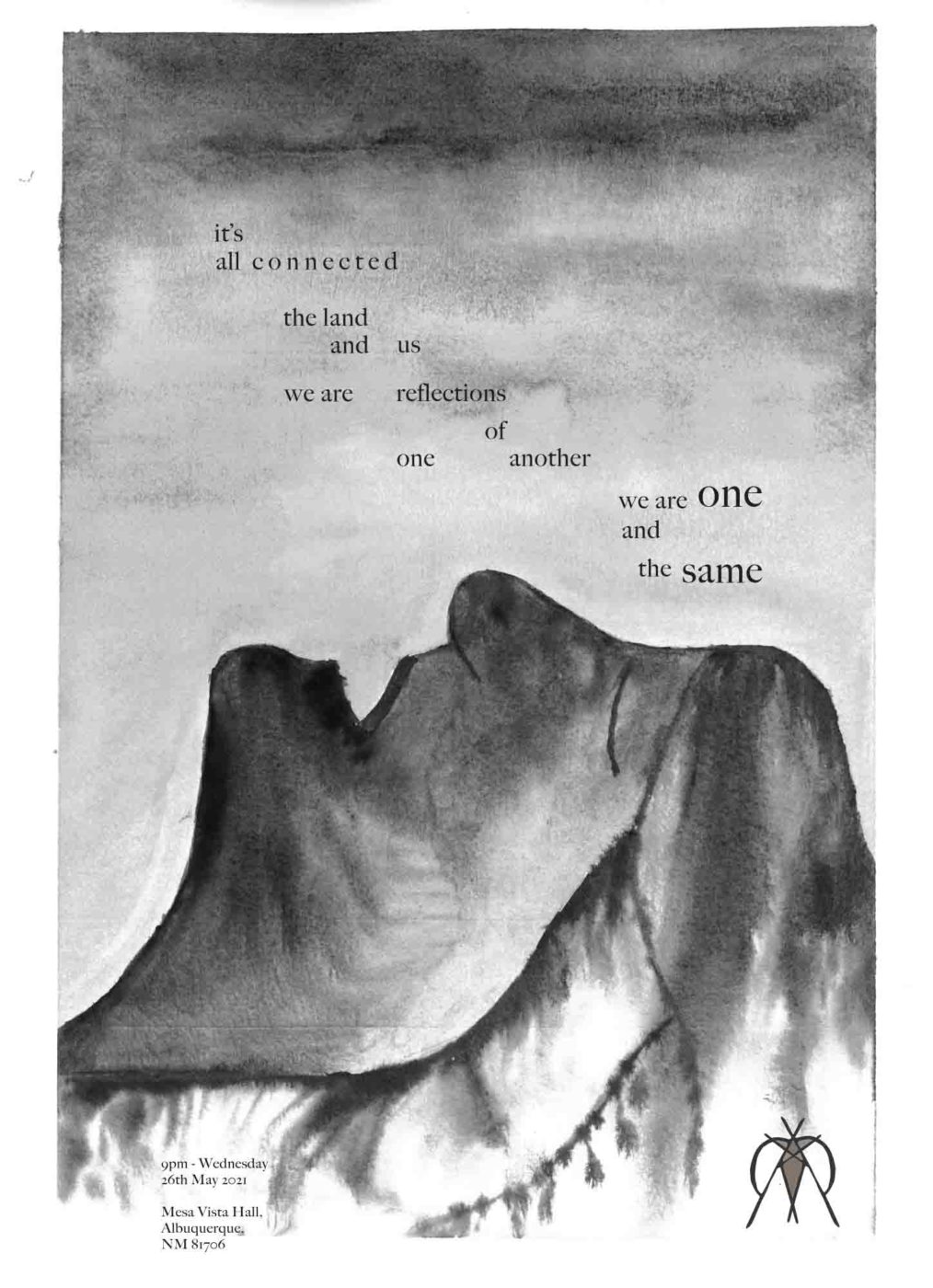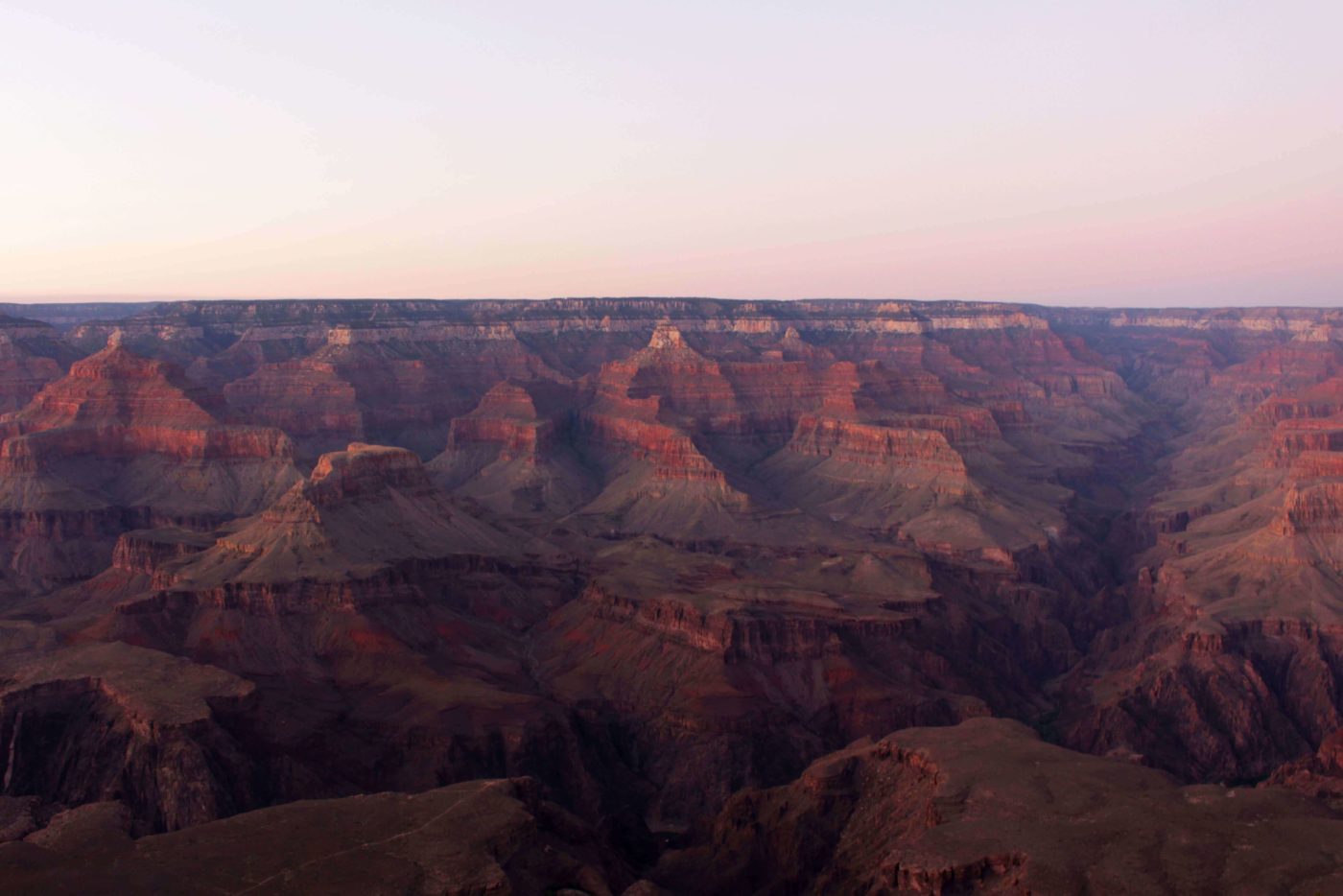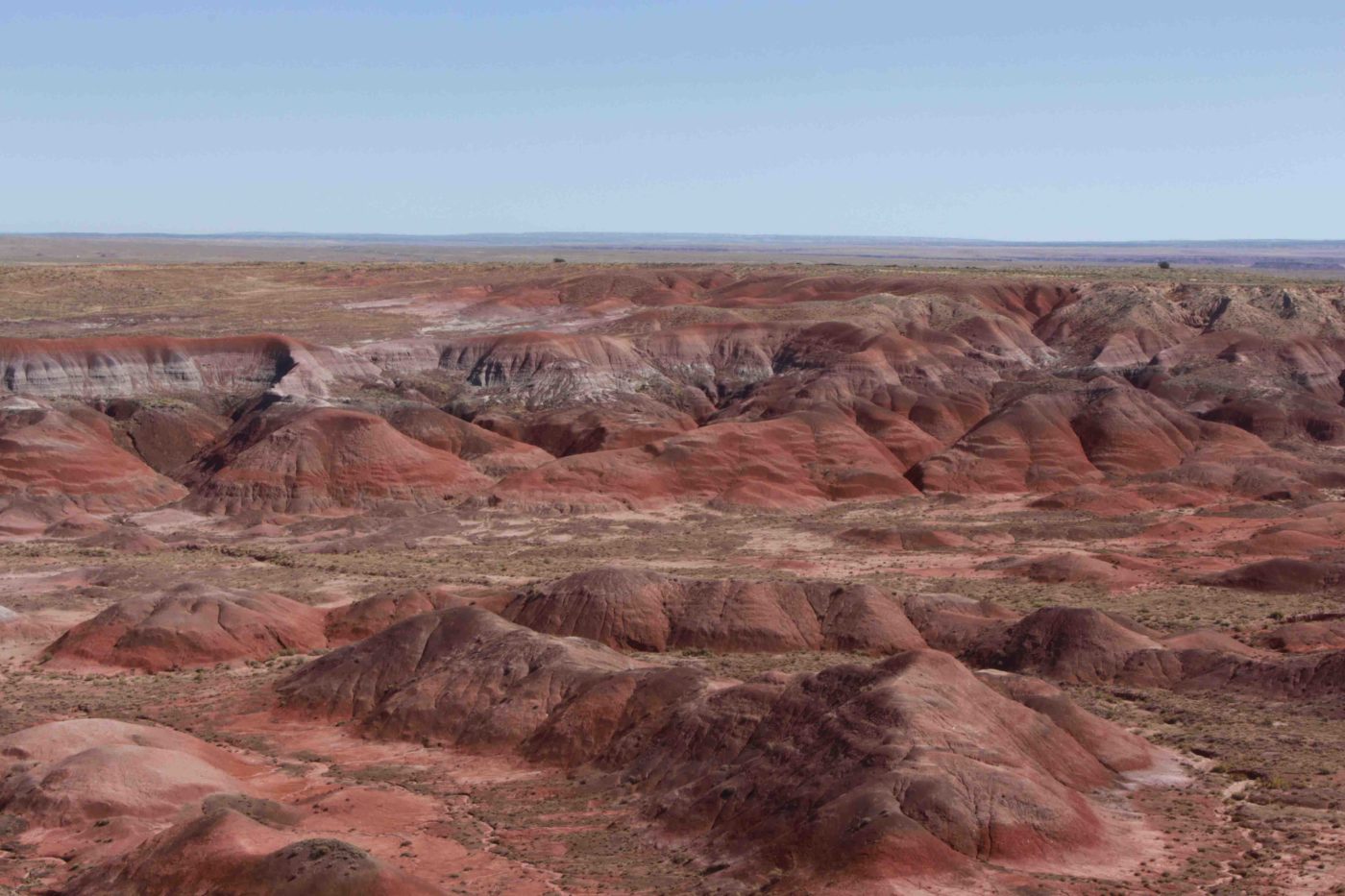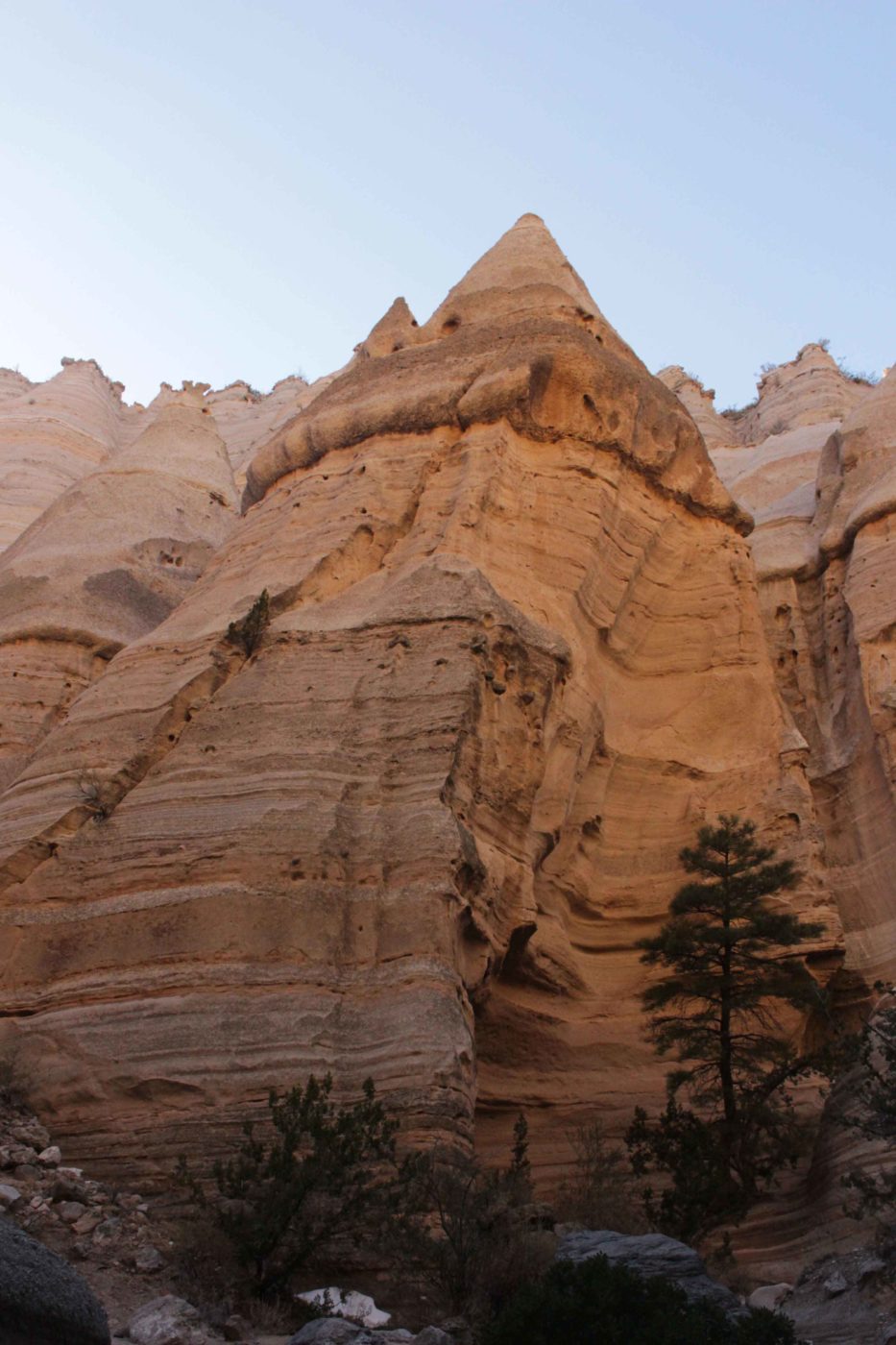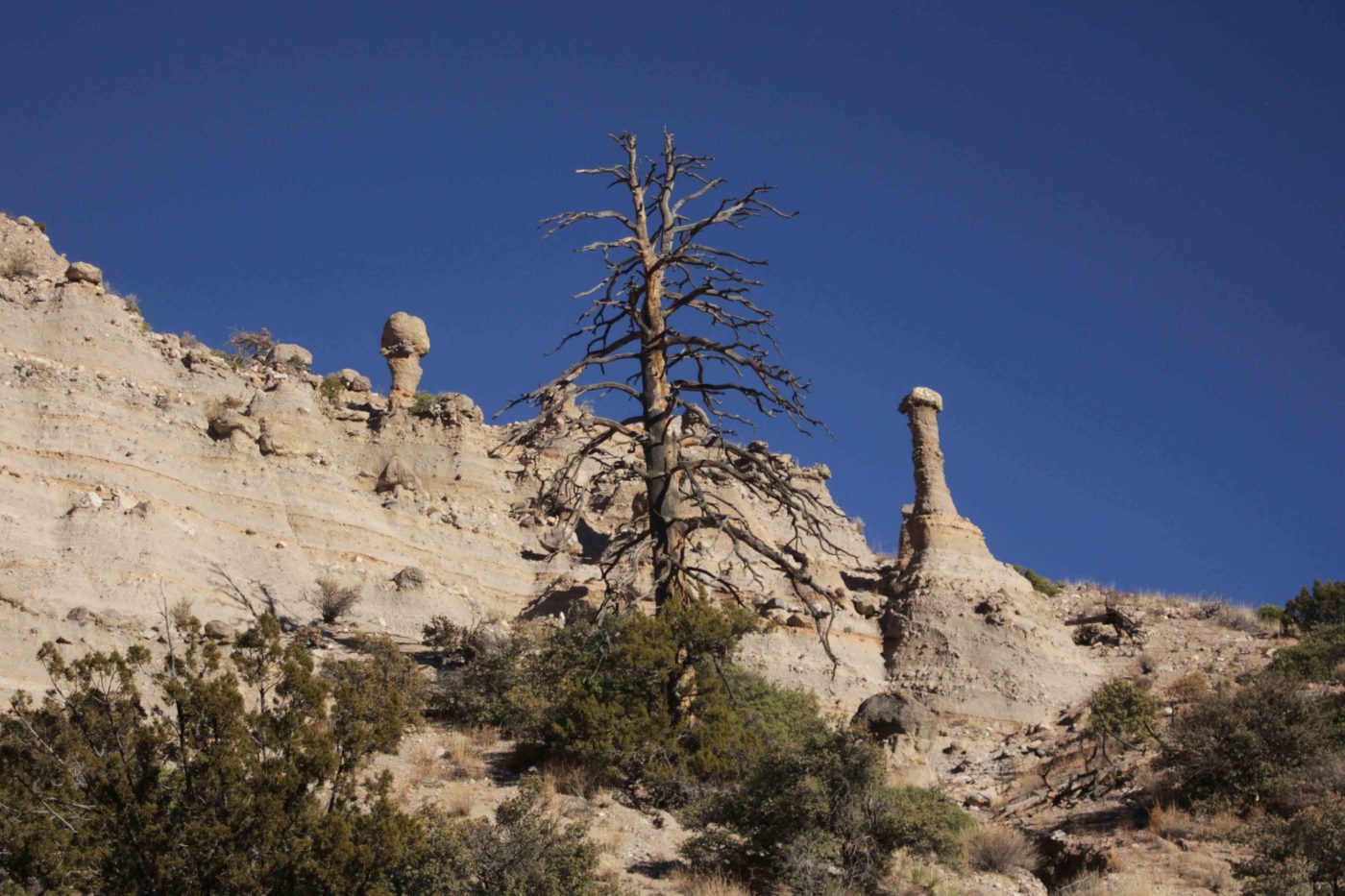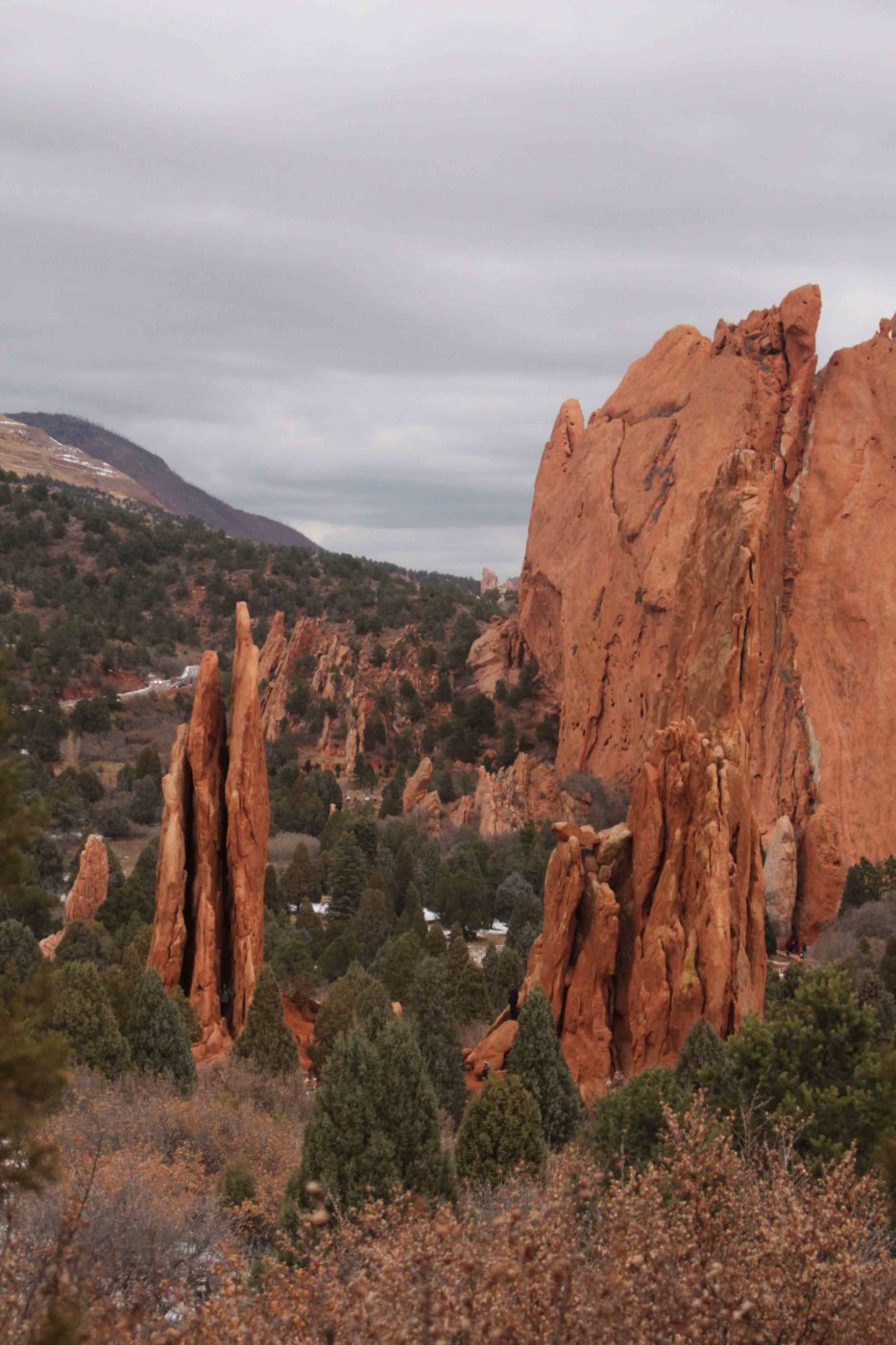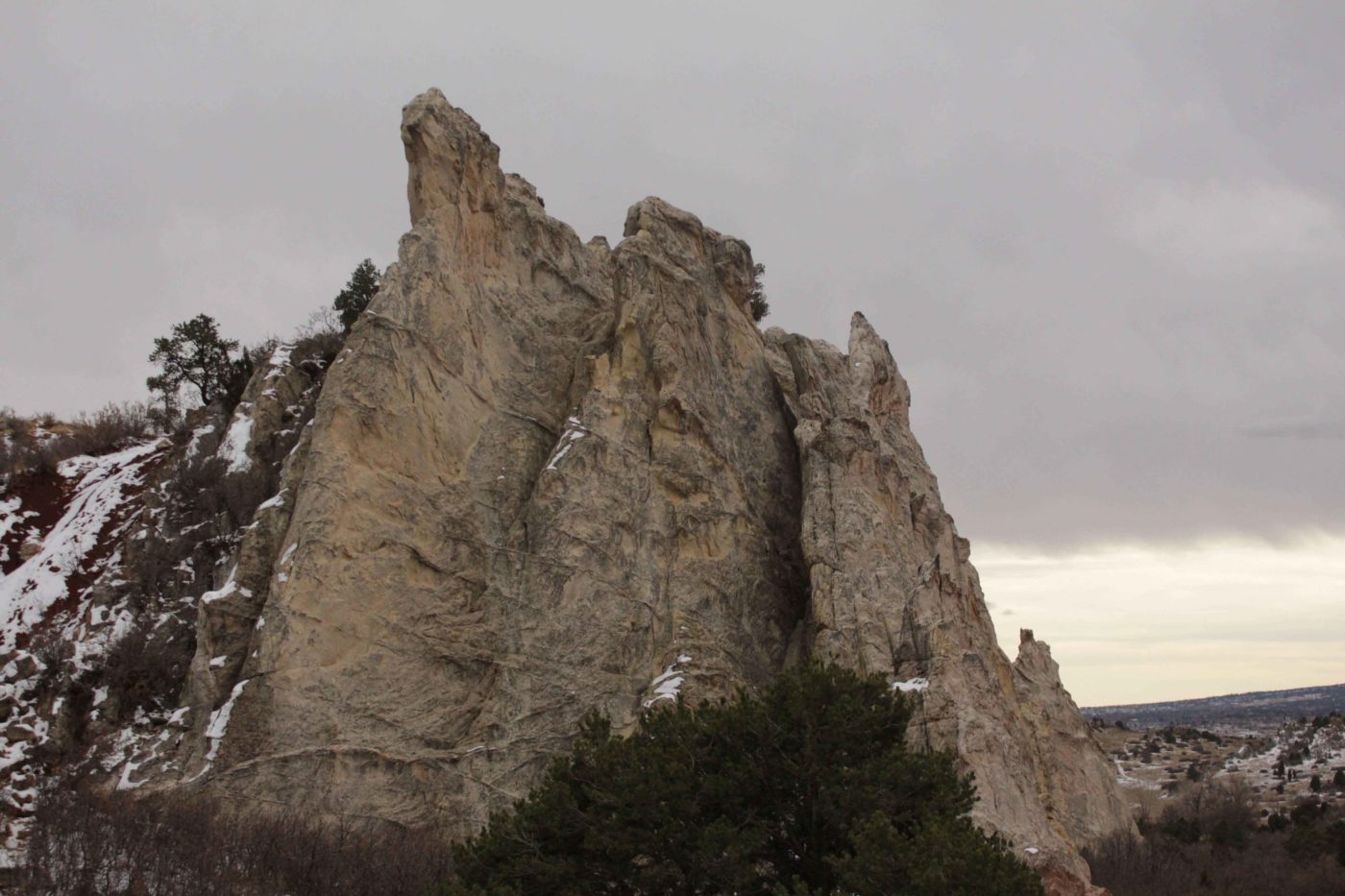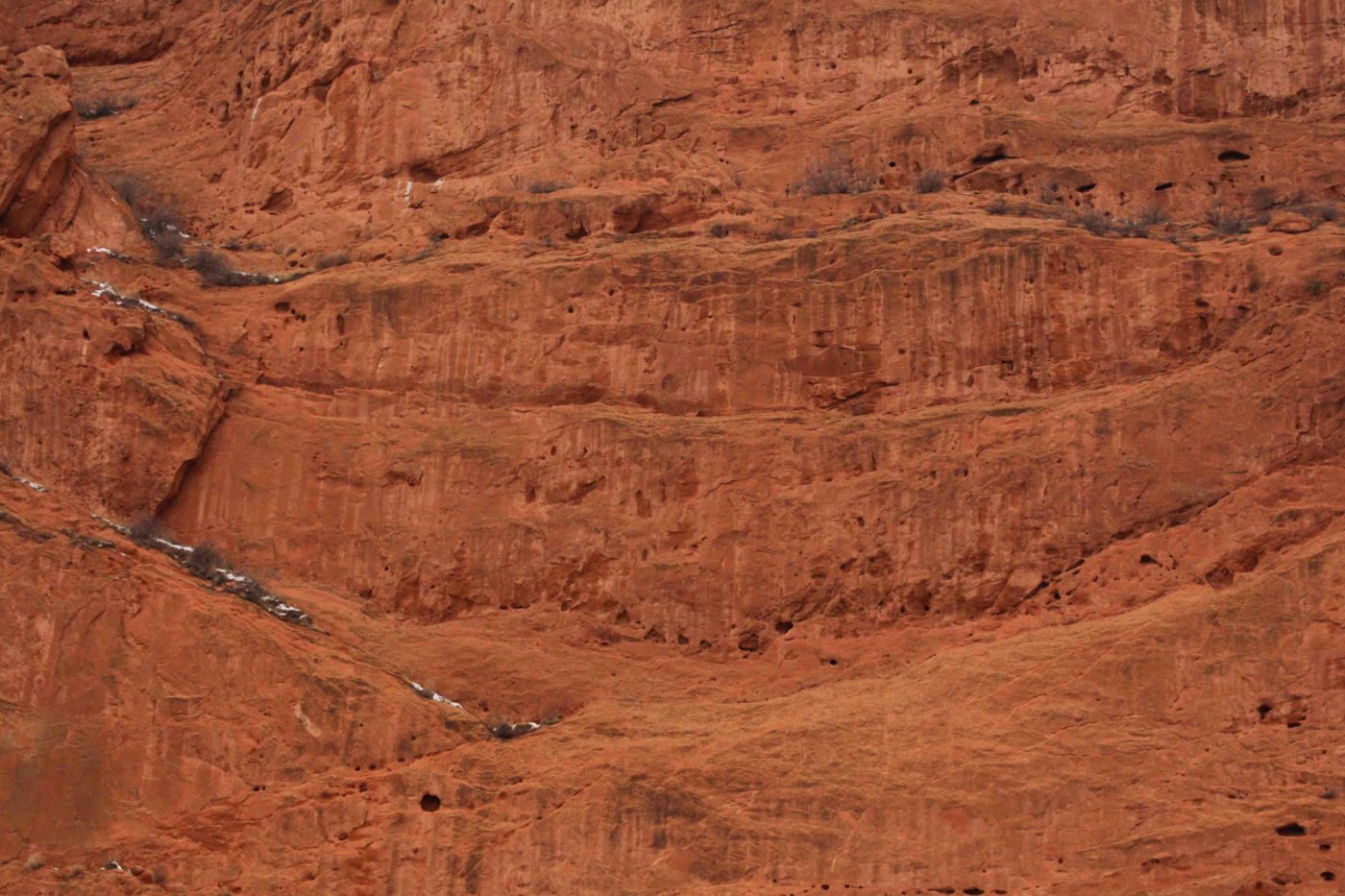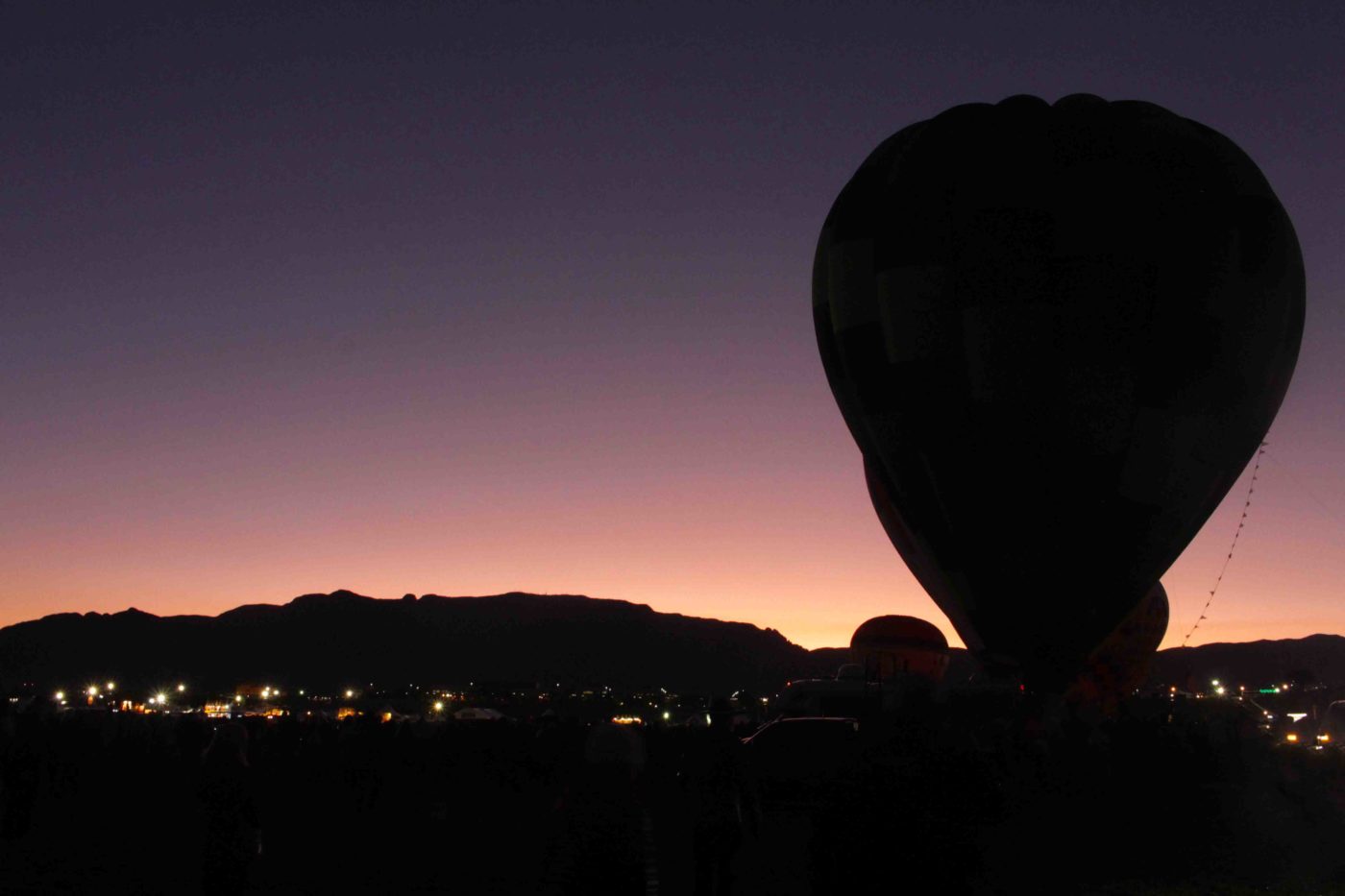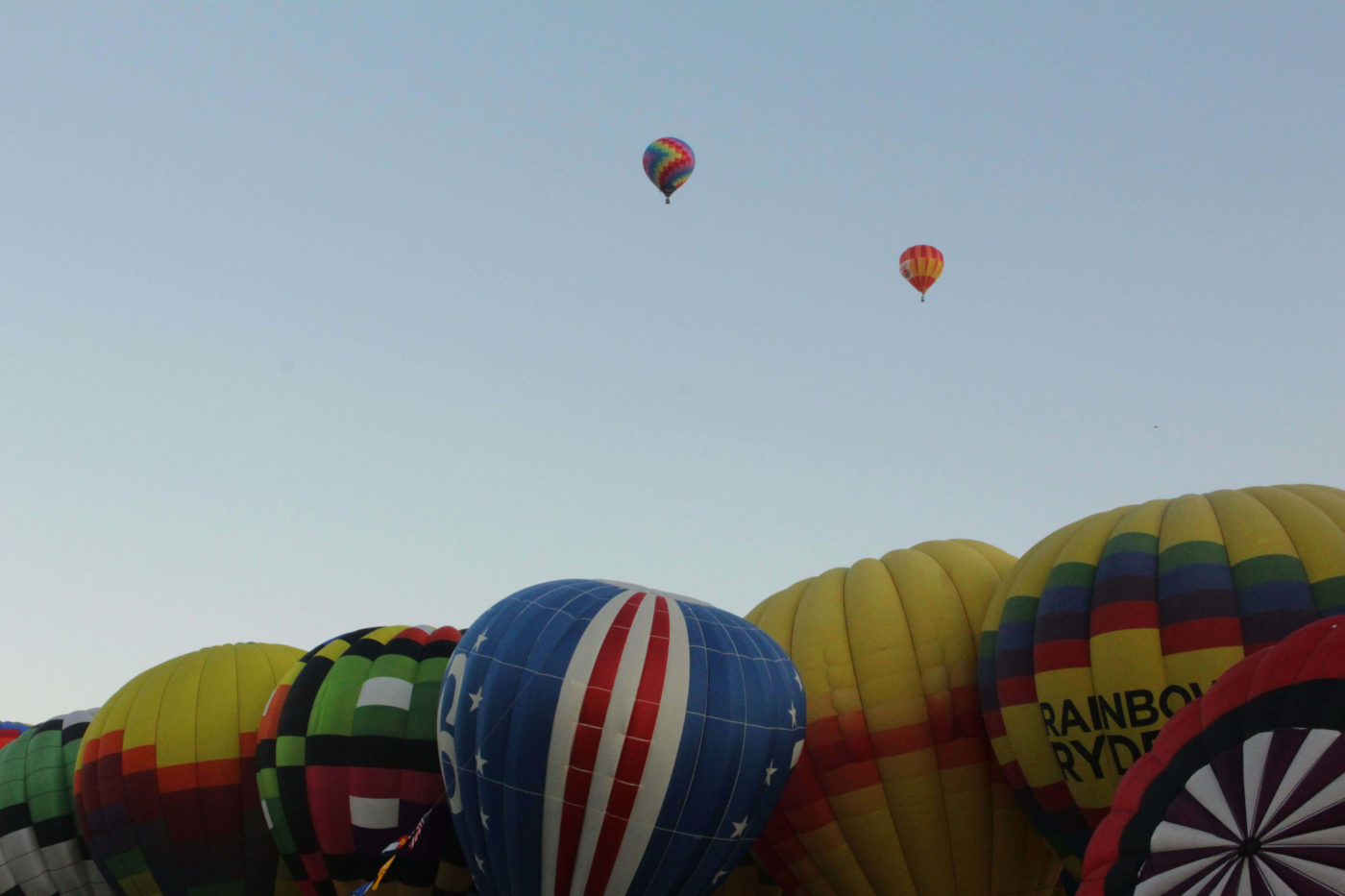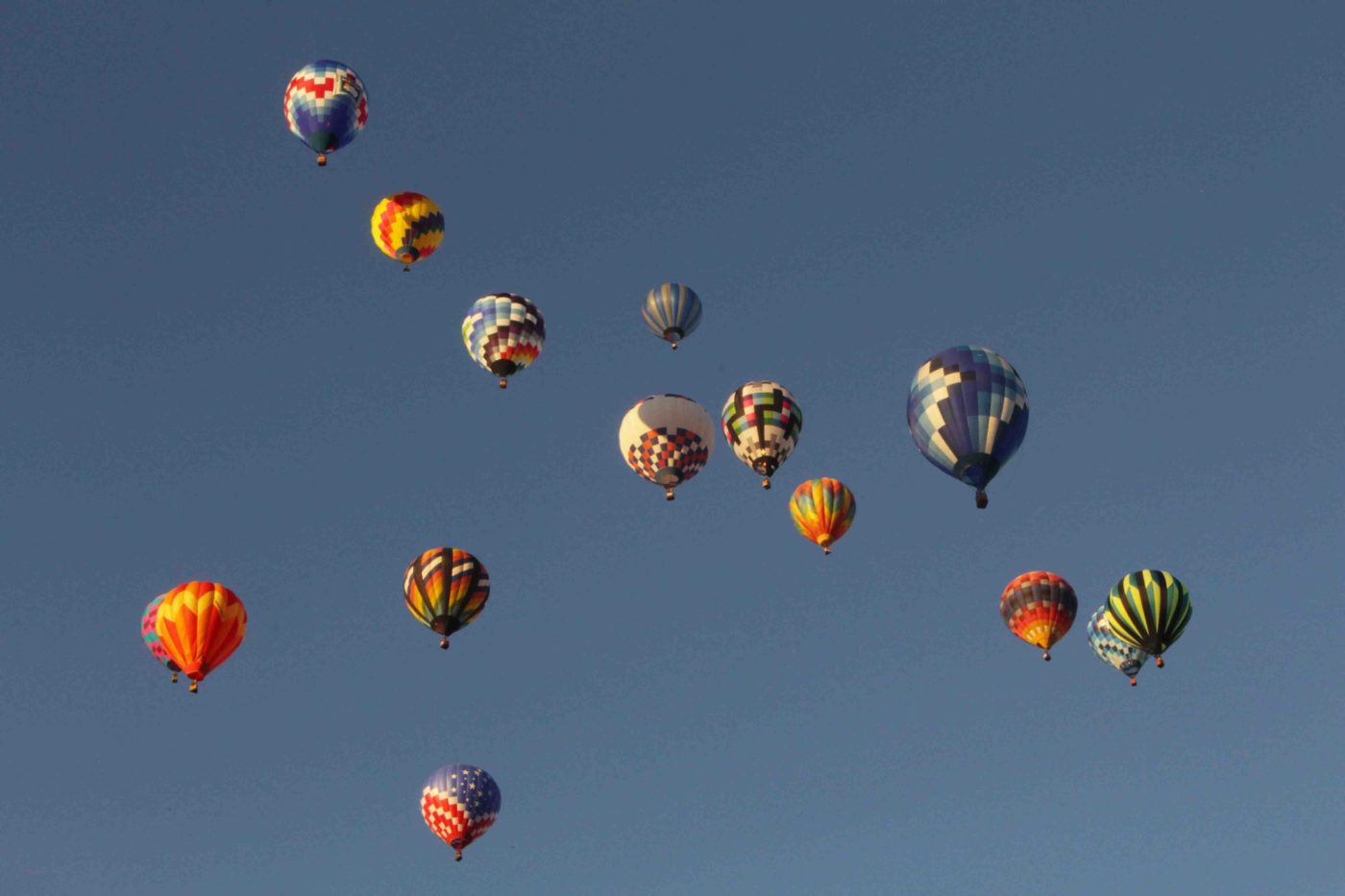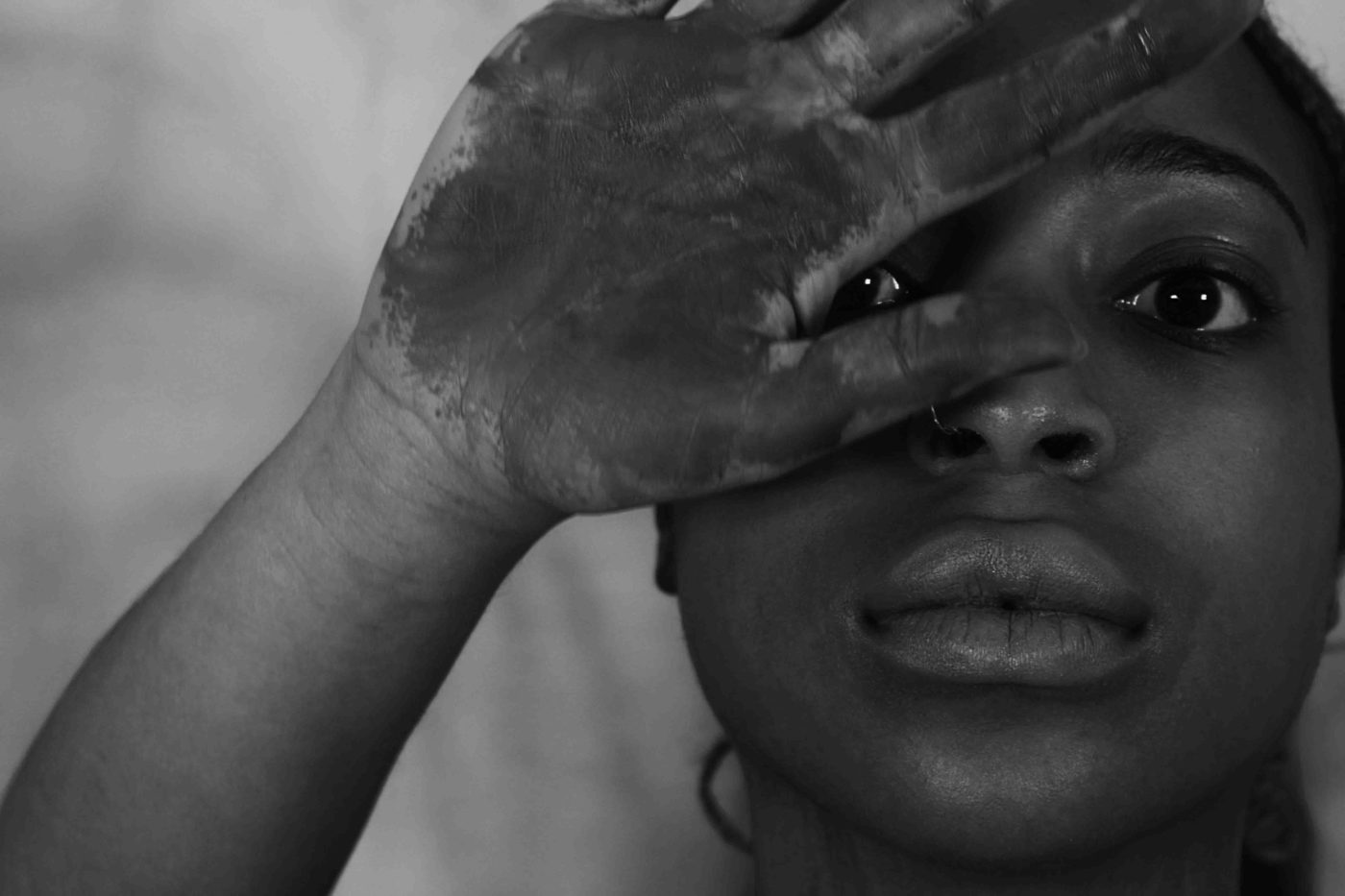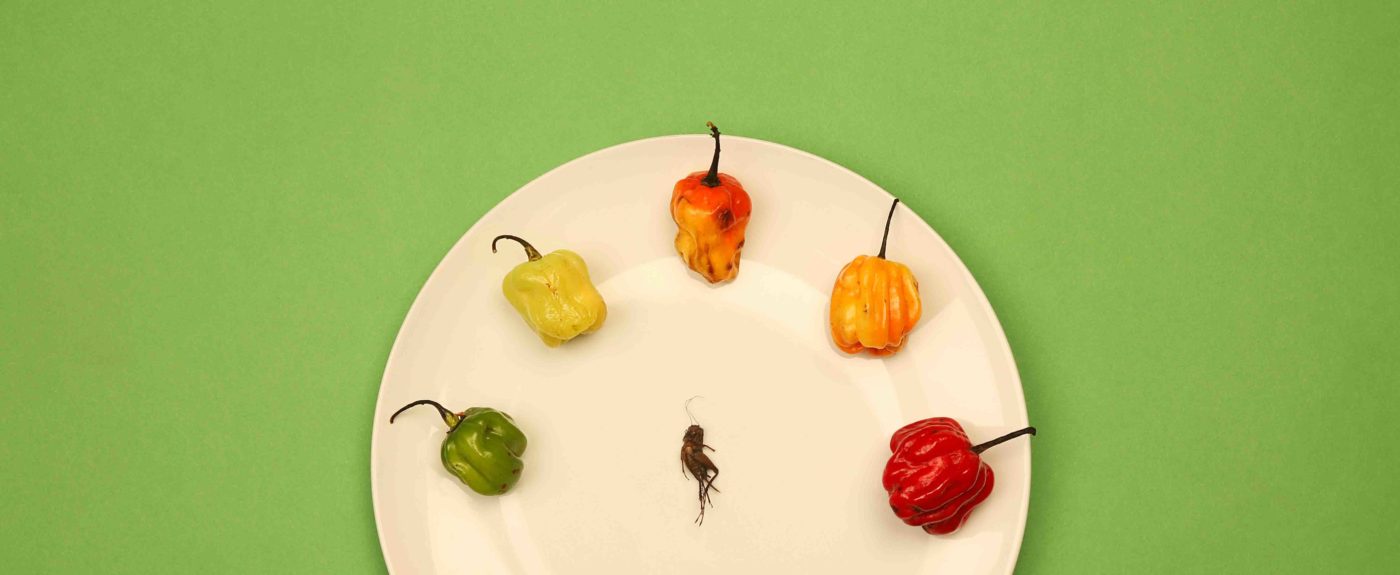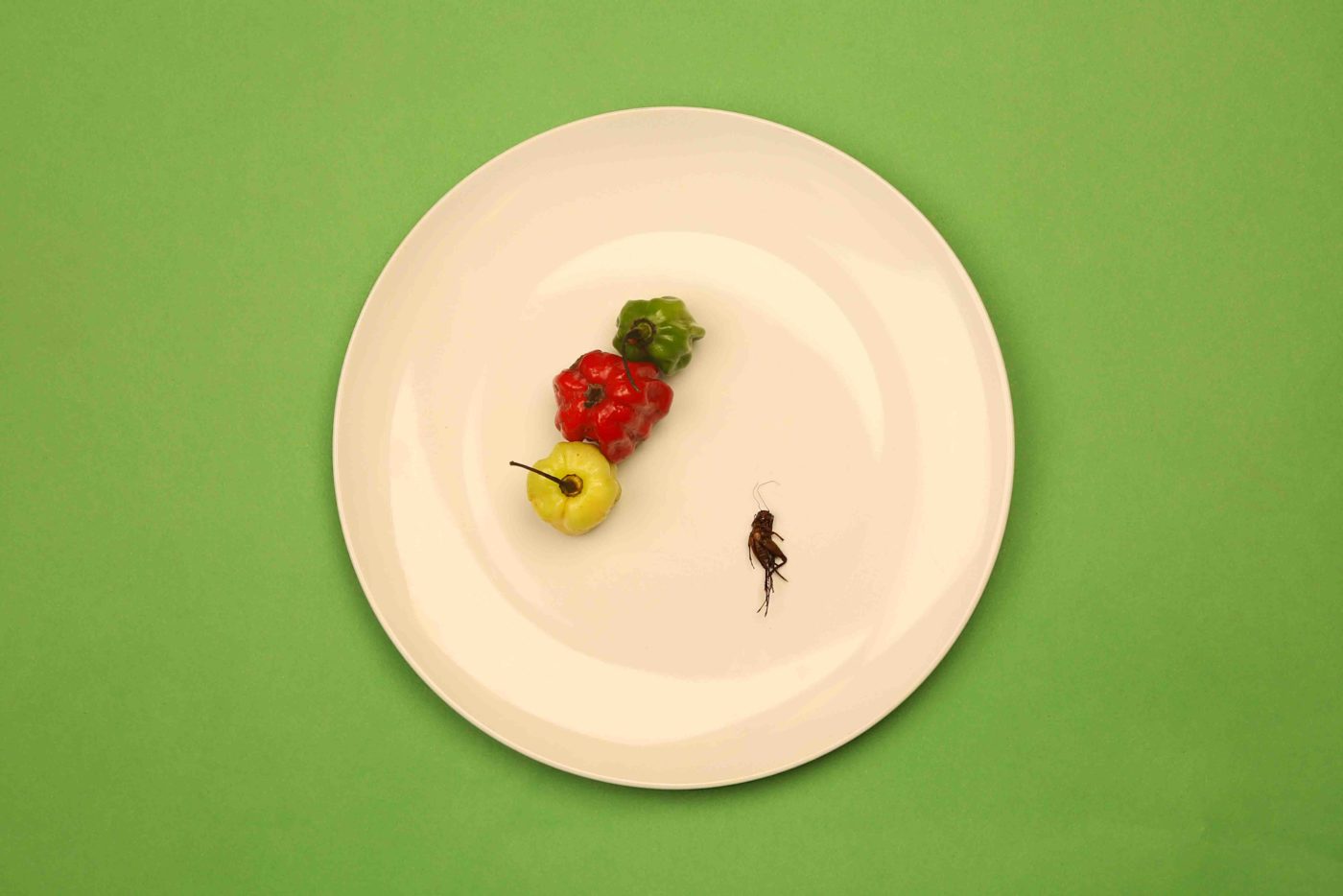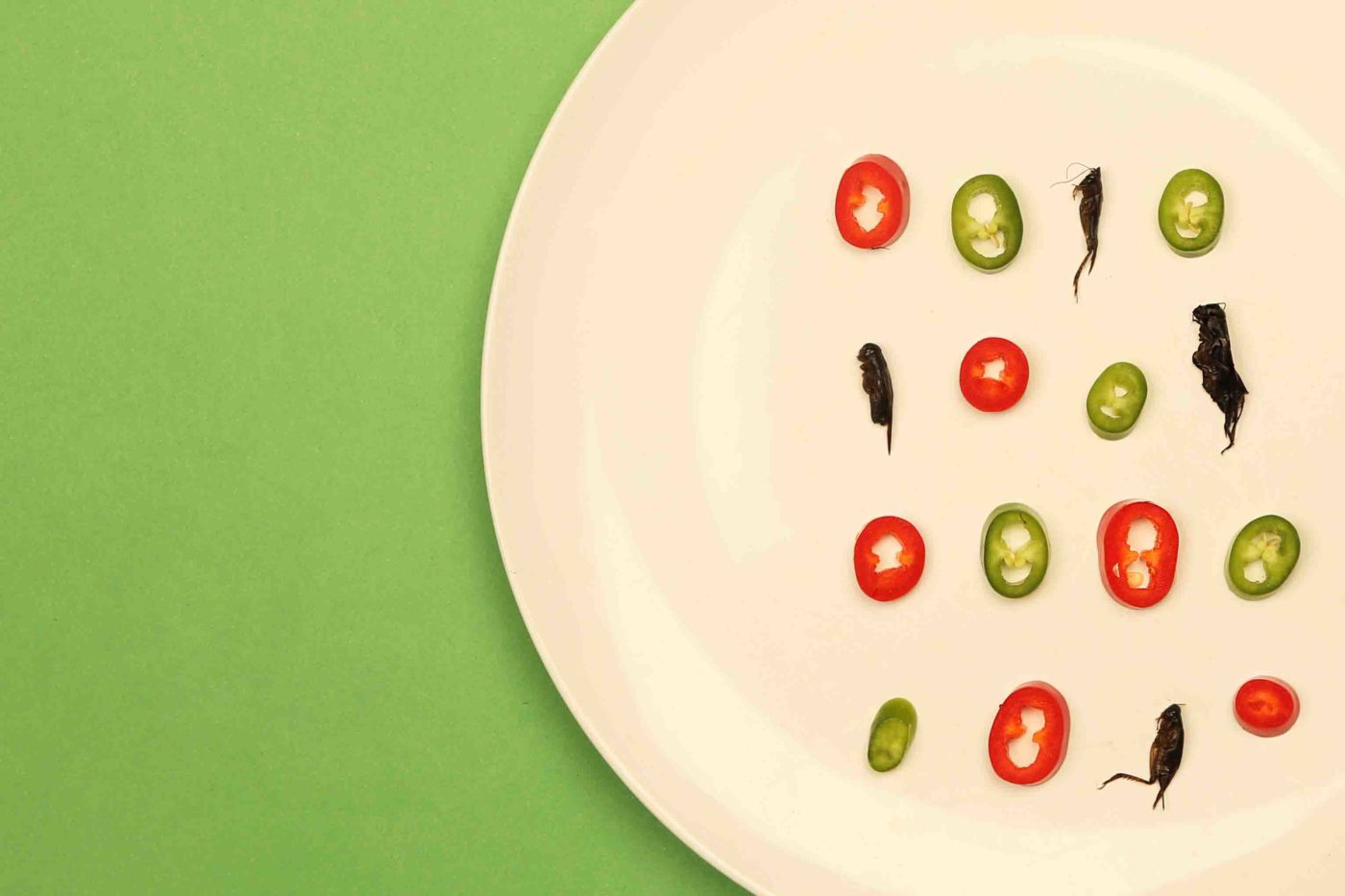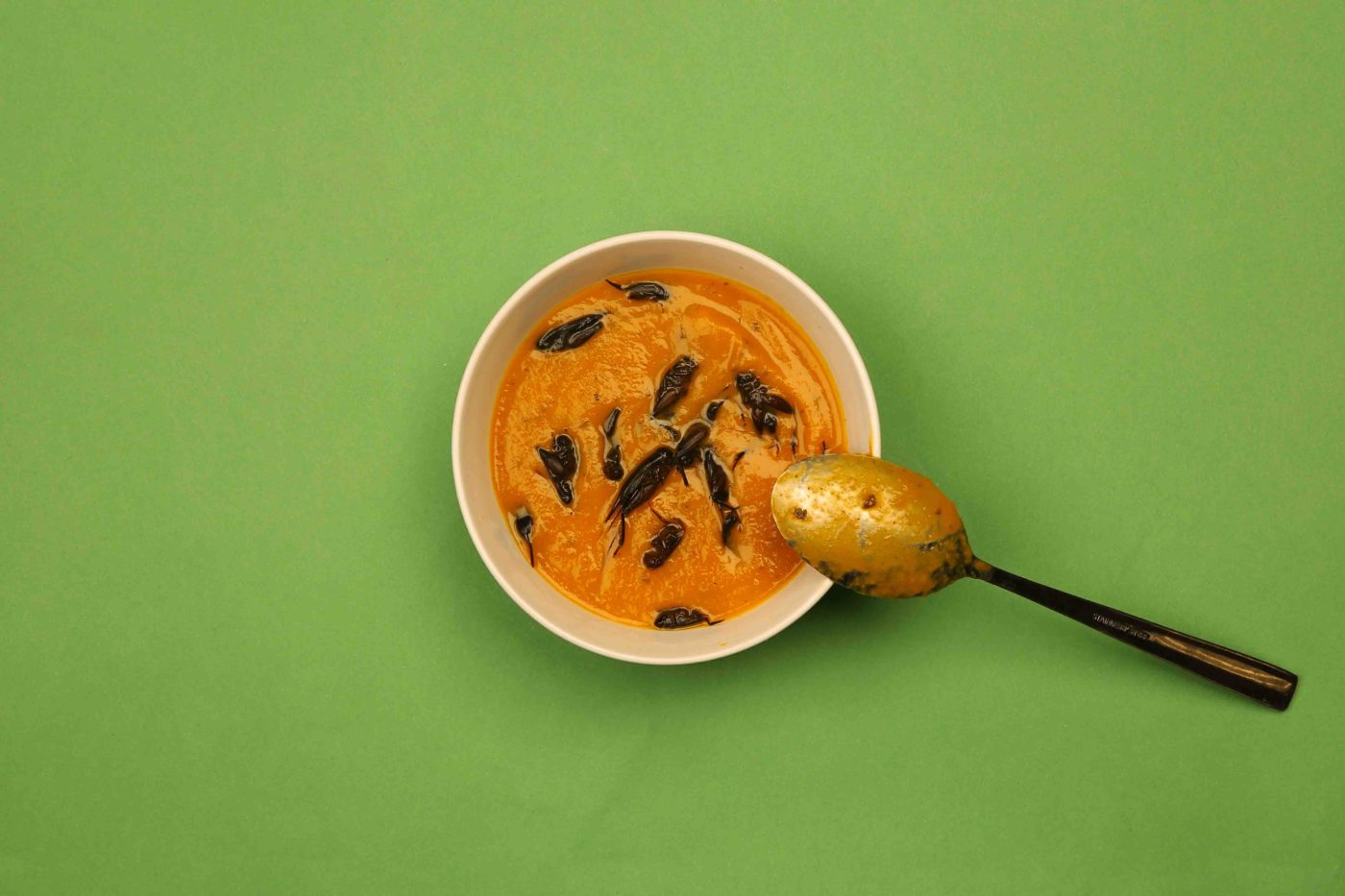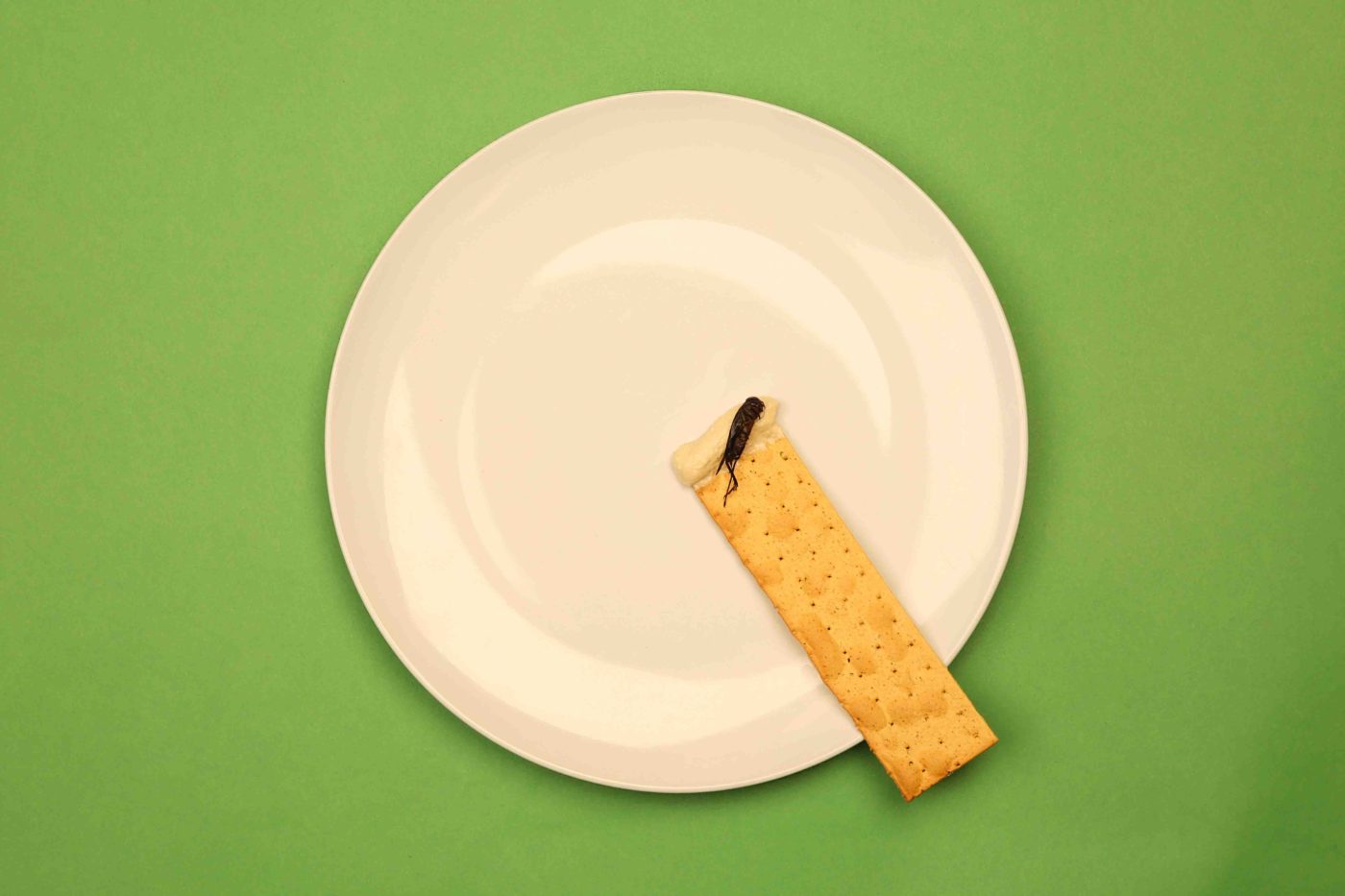2021: Graphic & Communication Design BA Hons
Showcase
Statement
I have a great passion for photography, but my most recent work focuses upon participatory design projects, as a tool to mechanise emotional reconciliation within communities.
Promoting the use of Phyto-Remediation, as a means to decontaminate disused Uranium Mine-Tailings, in the Navajo Nation, New Mexico.
The state of New Mexico and its people have been subjected to decades of oppression, in the face of Nuclearism. The Los Alamos National Laboratories founded the Atomic-Age, whilst 250 miles South, at the Trinity Site, the first Atomic Bomb was dropped, 16th July 1945. With the birth of the Nuclear-Age, came the increased demand for Uranium-ore. Uranium is a naturally sourced metal and the South-West United States is rich with it. So, between 1940 and the 1980s, on the Colorado Plateau, over 3000 mines, both surface and underground, were erected. These produced over 225 million tonnes of Uranium Ore. The Navajo People, self-referred to as Diné, are an American Indian Tribe, their sovereign nation spanning the North West of New Mexico, through Northern Arizona and South Eastern Utah. Throughout this period, the industry created thousands of jobs, for the people, mostly funded by the federal government. However, the devastating health effects were unknown, until European scientist, Lorenz(1944) and Heuper discovered the atrocities. Uranium and other heavy metals, upon exposure, have DNA damaging capabilities and carcinogenic effects, for example: in the form of lung, bone or thyroid cancer. Such health problems have been prevalent amongst the Dine’ and have subsequently caused decades of suffering. Not only this, but during the same period, the Nevada Atomic Testing Facility conducted over 1000 nuclear tests, resulting in vast expanses of fall-out. The effects of which are still being felt today, with the enactment of the Radiation Exposure Conpensation Act (RECA), attempting to reimbuse “Atomic Downwinders”, or those within aerosol transmitable areas of radiation.
This is a community-led workshop focused upon integration of Phyto-Remediation, as a tool to decontaminate disused uranium mine-tailings, in New Mexico, United States. The aim of the community project was to foster an open dialogue, with key stakeholders, to understand prominent cultural issues. In discussing personal afflictions, felt by the community and intergenerationally, as a result of uranium mining, needs to be addressed may be revealed. With greater knowledge of these, the workshop begins to explain how the implementation of phytoremediation can be used as a tool to create lasting change. Not only this, but the technique itself is still within the research phase, so the project simultaneously acts as a real-World testing scenario.
A prototype may be accessed online here:
https://xd.adobe.com/view/56169c19-f279-4cad-90d8-d0ee228861d3-0345/?fullscreen
A visual timeline identifying the key goals of the project is paramount to its success. With the necessity of the application of Traditional Ecological Knowledge (TEK) – a holistic approach, as opposed to scientifically based – as a means to reconnect the People to their environment, inferences to Hózho and the Naabaahii had to be applied. Hózho is a philosophical way of life, which the Diné people attempt to achieve through order, beauty, balance and harmony. Through the teachings of the Naabaahii, or Twin Warriors, one can understand how to battle the “enemies” of the Earth, of which nuclearism is believed to be. The followed system includes the 7 principles of: Service; Teamwork; Using Appropriate Tools; Setting Goals; Compassion; Belief; Consistency – these should be applied to all decision-making.
Phyto-Remediation is the use of native, or non-invasive plants, a low-cost, sunlight driven, energy-efficient decontamination strategy, comprised of 6 various methods. This project focused on two: Phyto-Extraction and Phyto-Stabalisation. Phyto-Extraction involves the translocation of heavy metals from the tailings, through the biomass and is stored in the above ground tissue, such as stem or leaves. This is followed by harvesting the plant. Phyto-Stabalisation it a long-term containment strategy, focused on establishing a vegetative cap, or immobalising metals in the tailings, with the use of their biomass. The plant canopy reduces eolian dispersion, whilst the plant roots prevent water erosion or leaching. The four plants selected for this project were chosen due to their characteristics, including: Atriplex Canescens, Sarcobatus Vermiculatus, Ericameria Nauseosa and Populus Deltoides.
In identifying existing social networks and nurturing a working relationship with community and programme liasons, it rationales a consensus. The purpose of which, is to transcript the programme, with the long term goal of policy reformation. It has been too long, with too many empty promises, regarding the clean-up of abandoned mines. A collaborative project broadens prospects of change.
Empathy Mapping
Retelling the Narrative
The purpose of empathy mapping is to allow a stakeholder to truly identify the needs of a community. Through a group discussion, accompanied by specifically designed hand-outs, the exercise is designed to determine the thoughts and feelings of those most heavily impacted.
Retelling the narrative, in an online space, enables a community’s own stories to be shared, either fostering emotional reconciliation or broadening prospects of environmental change. By empowering others to raise their voice and be vocal of their past trauma, it provides an environmentally-conscious passage into emotional freedom.
The visual inspiration for this divulges from the river system of the Northern Navajo Nation, in combination with the colours of sunset typically witnessed, over the lands of southern Utah. The image itself encompasses the online facility, to be used over the course of the programme, in which participants are able to select a specific area to target. In selecting an area, one would then have the ability to document their thoughts and narratives, as well as access as designated photo upload space. This is to create a greater platform for community voices to be heard by other members, as well as those with the ability to create lasting change, i.e. policy reformers. The two designs here have been prototyped, to show their full effect within User Experience.
This may be found online here:
https://xd.adobe.com/view/ec2cf744-5241-43f6-be7a-1e8b56d100d2-b97f/?fullscreen
Liora – a brand focused on Community, Motivation and Education. Their values are comprised of Openness, Sincerity and Honesty. “With the belief in helping others find a voice. We facilitate a programme, from which the benefit is implemented towards the community. In estabishing trust and rapport with members, we know we can construe the path, to create change for the people.”
These are series of posters, designed to invite community members to participate in the project. The imagery is designed to represent facing inwards towards the environment, in an attempt to reconnect and revitalise. Corn pollen imagery is powerful amongst the Diné, because of its significance in their healing ceremonies, thus in combination with some of the most powerful Native American poetry and literature, its connotative symbolism is three-fold. Using watercolour as the medium, the original imagery was subconsciously conspired, as thus these intricate ideas blossomed.
The purpose of the entire project was to foster dialogue between key stakeholders integrating Photo-Remediation and the community members most afflicted by Nuclearism. The creation of a safe space, through which members may voice their personal stories, enables the greatest change to come from within. To look within the land is to become the land. Leslie Marmon Silko’s “Ceremony”, not only inspired the visual imagery, but also the words used. Having been named the “Greatest Native American Literary”, the application was integral.
Series of Images taken across America 2019/2020
Albuquerque Balloon Fiesta, 2019 – the Largest Hot Air Balloon Festival in the World, with over 580 balloons in the sky at once and pilots from 14 different countries.
White-Washing in Medicine
As part of the Elmwood Brief, 21 Grams, the dangers of skin cancer on black skin had to be communicated. Choosing the mechanism of photography to communicate the areas most at risk became a powerful tool in the subsequent awareness campaign. White washing in the medical industry is a prevalent issue, with incomparable and shocking statistics of survival rates reinforcing this.
Protalio Imagery – a hypothetical restaurant in 2040, whose ethos centres upon insects, as a primary source of protein.
It is predicted that restaurants, in 2040, will face challenges regarding protein consumption. Overpopulation will lead to resource depletion, such as water scarcity and over cultivation of arable land. Subsequent inflation of meat price will arise. Not only do crickets and other forms of insects provide a higher protein per kg ratio, compared to other protein sources, but they also require a significantly lower amount of irrigation and farmland to be produced. Using less energy to cultivate and therefore distributing less pollution, they provide a sustainable alternative to other forms of protein.









